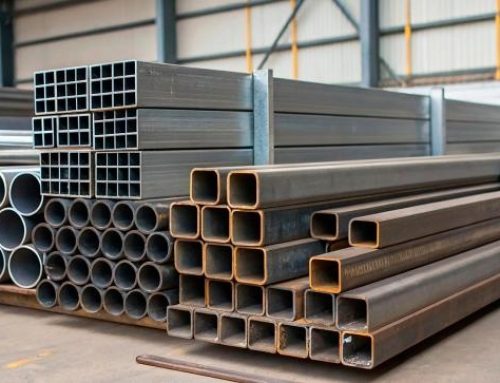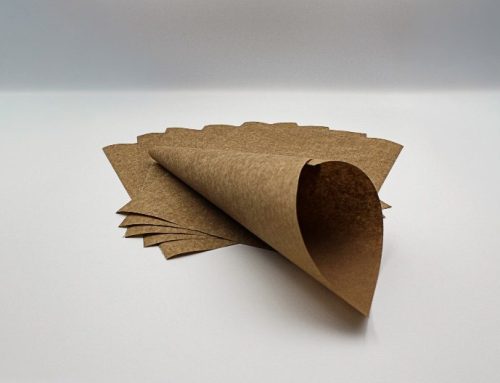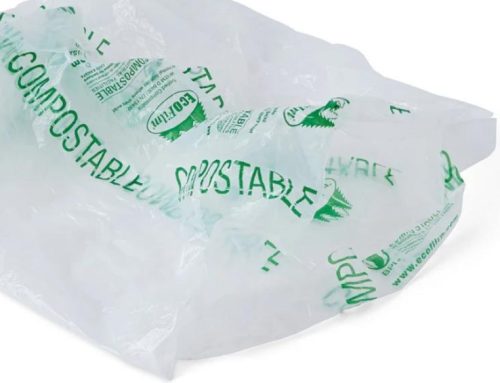Building Bridges to Extended Service Life with MCI®
September 23, 2025
For decades, chloride-induced corrosion has been a major cause of bridge deterioration in coastal areas, the US Midwest, and the Middle East. Why is corrosion such a deadly enemy of infrastructure? And how can we fight it? Cortec® Corporation explains the basics of bridge corrosion and the benefits of MCI® for extending infrastructure service life.

How Does Corrosion Affect Bridges?
Corrosion is primarily caused by the exposure of metal to oxygen, moisture, and chlorides. In coastal environments, the culprit is often high-chloride seawater. In harsh winter climates, the risk goes up with the use of deicing salts. Corrosion effectively eats away at metal structural components, such as cables or concrete reinforcing metal, weakening the structure and causing the concrete cover to crack and spall. Such processes can significantly shorten bridge longevity by, for example, reducing a 40-year service life to only 10 years before major repairs are required. As more projects call for infrastructure that lasts twice as long, the need for corrosion protection is even greater.
How Can I Protect New Bridges from Corrosion?
Migrating Corrosion Inhibitor™ (MCI®) technology is one of the simplest and most cost-effective methods for corrosion mitigation in concrete. It is ideal to consider MCI® during the structural planning stage when MCI® can be factored into service life prediction models and compared alongside other corrosion mitigation strategies with clear advantages in estimated costs and service life. MCI® admixtures such as MCI®- 2005 can be admixed directly into concrete at the batching plant, leaving embedded rebar protected with a molecular layer that delays time to corrosion onset and reduces corrosion rates once started. In the case of post-tension (PT) bridge construction projects that face grouting delays, work crews can fog MCI®-309 into PT ducts for interim protection of metal strands. Unlike greasy corrosion inhibitors, MCI®-309 typically does not need to be removed before grouting, making completion of the project practically seamless.
How Can I Protect Existing Bridges from Corrosion?
What if a bridge has already been constructed? Is it too late to add MCI®? No! Existing structures with no outward sign of corrosion can be maintained and protected before damage occurs by routinely applying an MCI® surface applied corrosion inhibitor (SACI). MCI®-2020 can be sprayed directly onto the concrete surface and allowed to migrate in through the concrete for proactive rebar protection. MCI®-2018 is another option that provides dual protection from MCI® plus a 100% silane water repellent. Both SACIs can also play an important role in concrete repair. While MCI® Grenades can be added to repair mortar, applying MCI®-2020 and/or MCI®-2018 over the entire bridge surface helps even out the corrosion potential between the new patch material and adjacent concrete to discourage the spread of corrosion via the ring anode effect. Suspension bridges with corroding cables can also be protected with MCI® technologies such as PTC Emitters placed in special compartments that introduce MCI® vapors to the airflow in the dehumidification pipework.*
Cross the Bridge to Extended Service Life
Although chloride-induced corrosion on bridges has not disappeared in the last 50 years, the industry has found new ways to combat it. Thanks to MCI® technology, corrosion protection is relatively easy to apply at any stage of a bridge’s life cycle, allowing engineers to slow down corrosion and extend service life without taking extreme measures. If you are responsible for critical infrastructure exposed to corrosion risks, contact Cortec® to learn more about using MCI® to cross the bridge to extended service life.
Keywords: building bridges, extend service life, MCI, how to protect new bridges from corrosion, bridge maintenance tips, corrosion, rusted rebar in concrete, deteriorating bridges, Cortec, rusty bridges
*Log in to Cortec Case History #390 for an example: https://www.corteccasehistories.com/.
Need a High-Resolution Photo? Please Visit: www.cortecadvertising.com
For a PDF version please click here.







